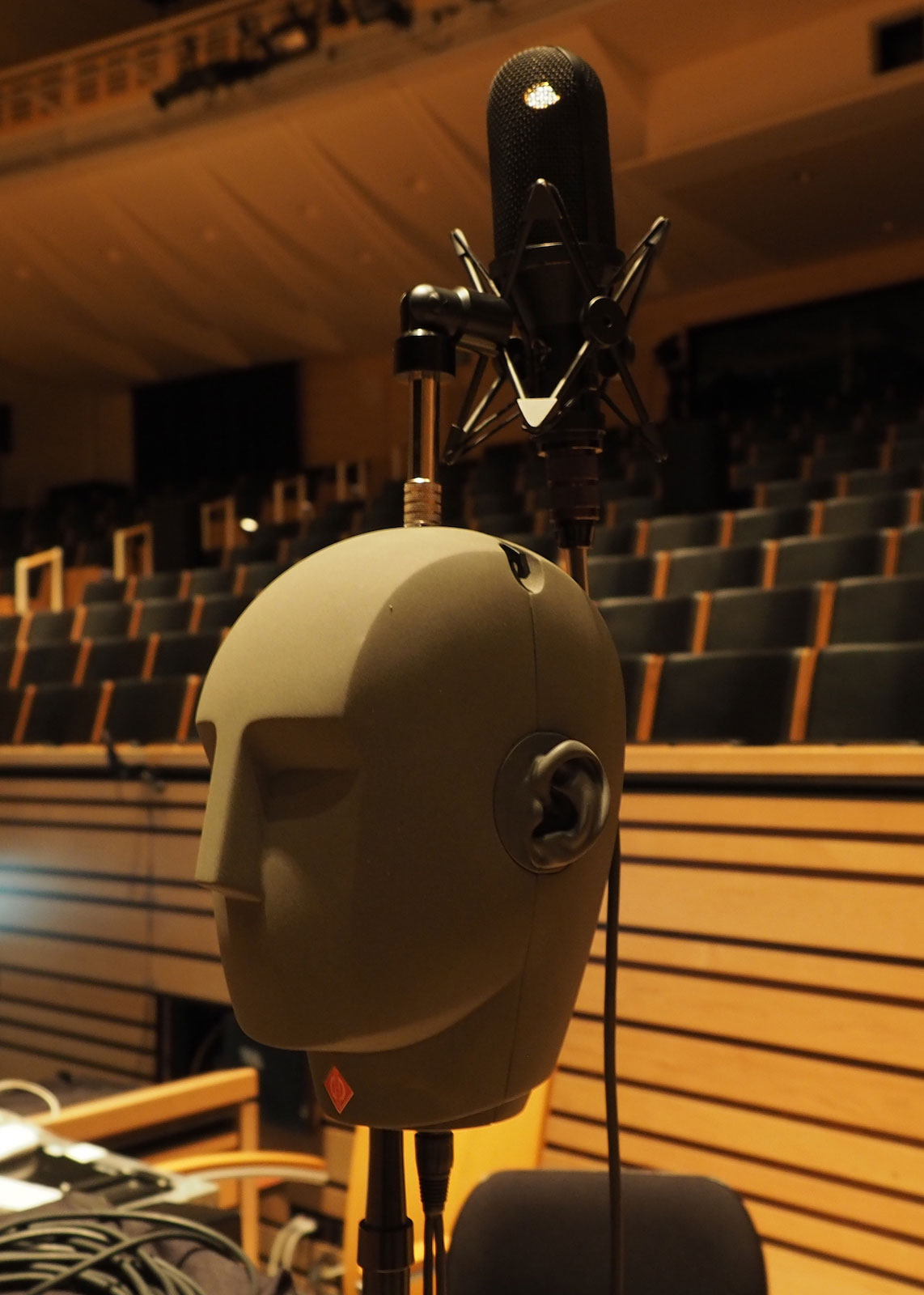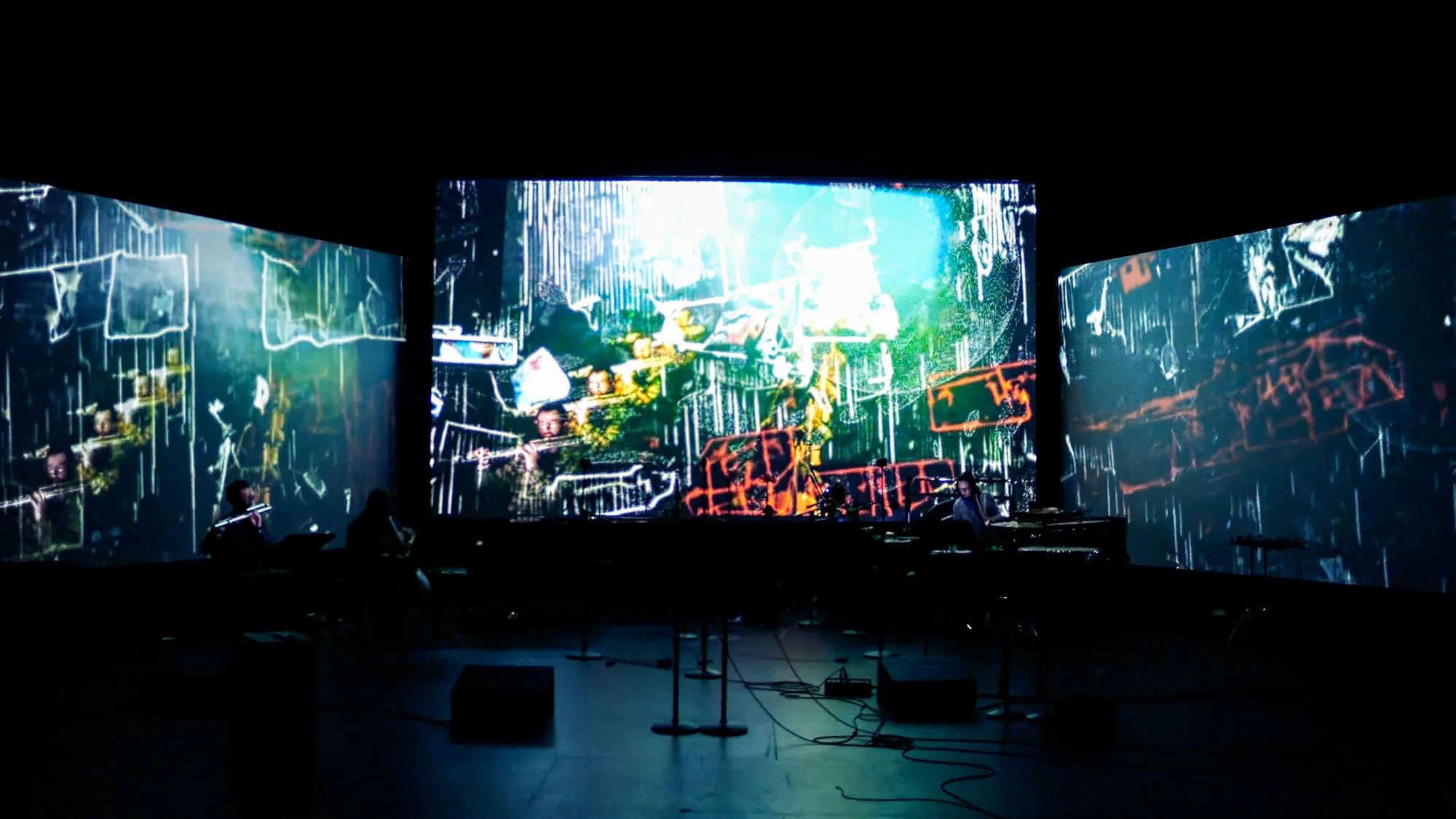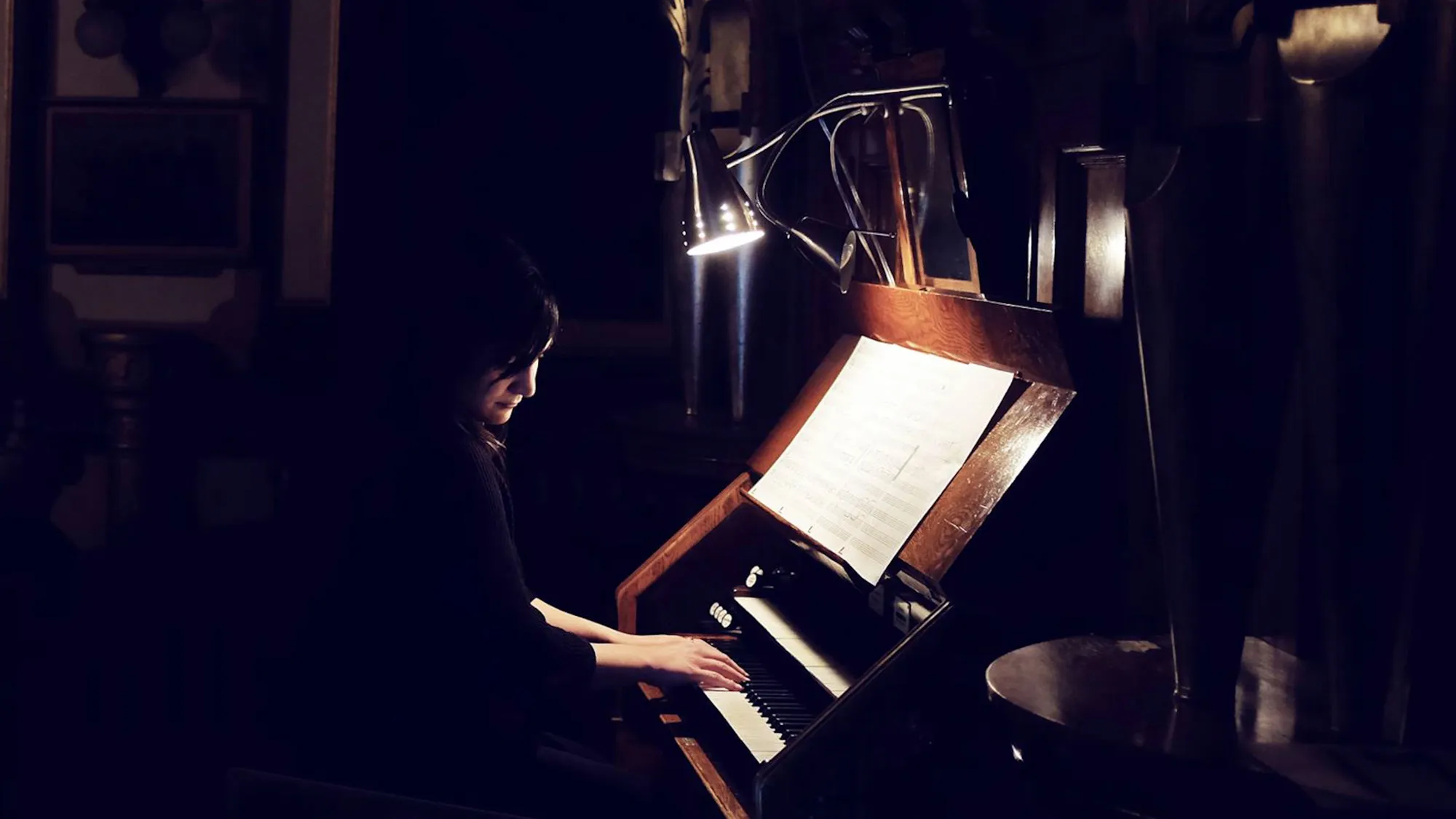Spatial Audio: Perception and Experience
EMPAC’s Spatial Audio Summer Seminar offers unique insights into how sound can be shaped with technology to create spatial auditory experiences. Open to musicians, audio engineers, composers, programmers, and audiophiles of all kinds, the seminar consists of lectures, demonstrations, listening sessions, and performances providing the opportunity to be immersed in the excellent venues and outstanding audio systems at EMPAC.
This year’s seminar will feature extensive listening opportunities for participants to focus on the perceptual experience that these systems create. EMPAC’s studios and venues will be equipped with several large, high-end systems to directly compare different methods of spatializing audio, including high-order Ambisonic systems, high-density Wave Field Synthesis (WFS) configurations featuring hundreds of loudspeakers, as well as binaural audio streaming.
Focusing on the aesthetic function spatialized audio serves in a specific work, the seminar leaders will guide participants through the application of such systems to experimental, electroacoustic, and “contemporary classical” music, as well as virtual reality installations and soundscapes. This year’s seminar leaders include the composer and performer Natasha Barrett, who will perform a concert on the event’s opening night; Markus Noisternig, an expert in immersive 3D audio and researcher at the Paris-based Institute for Research and Coordination in Acoustics/Music (IRCAM); Chris Chafe, director of the Center for Computer Research in Music and Acoustics (CCRMA) at Stanford University; Brendan Baker, radio and podcast producer and sound designer; Bobby McElver, a sound designer and former EMPAC artist-in-residence; and members of the EMPAC audio team.
SCHEDULE
- Thursday, July 18, 2019
- 5:30–6:30PM — Arrival at EMPAC, buffet dinner
- 6:30PM — Welcome and venue walkthrough — Johannes Goebel
- 7:30PM — Concert: Natasha Barrett Pockets of Space Video and Oculus VR version
- 9:30PM — Wolverine Marvel podcast with drinks and cheese — Brendan Baker
—
- Friday, July 19, 2019
- 9AM — Comparison of different spatial audio methods
Concepts, Implementation, Perception — Markus Noisternig - 11:30AM — Close your eyes and imagine what you want to hear.
Research, Craft, and Reality in Creating Spatial Audio Environments — Chris Chafe - 1PM — LUNCH
- 2PM — Artistic Goals, Aesthetics and Realization
Detailed discussion of a work integrating spatialization — Markus Noisternig - 3:45PM — Spatial Audio in Podcasts — Brendan Baker
- 5PM — The EMPAC high-resolution modular loudspeaker array for Wave Field Synthesis
- 6PM — Presentation with Wave Field Synthesis Arrays above the audience — Bobby McElver
- 7PM — DINNER
- 8:30PM — Public Concert: Natasha Barrett Electro Dream Space
—
- Saturday, July 20, 2019
- 9AM — Spatialization at IRCAM
How technical development, artistic application and commercialization have influenced each other — Markus Noisternig - 10:30AM — Panel and discussion
Practical Issues of Spatialization in Performance, Production, and Installation - 12:30PM — LUNCH
- 2PM — DEPART
COST
- $120 Includes: all events, dinner on Thursday and Friday, lunch on Saturday.
- $85 for students
- Registration is FREE for RPI Faculty and Students with a valid RIN
WHAT TO BRING
Participants should bring headphones and a digital device that can connect to a local wireless network for streaming music.
LODGING
Participants are responsible for finding their own lodging. Please contact John Cook at the EMPAC box office for special rates at local hotels.
VIDEO ARCHIVE
Please enjoy the video documentation of last year's event.






